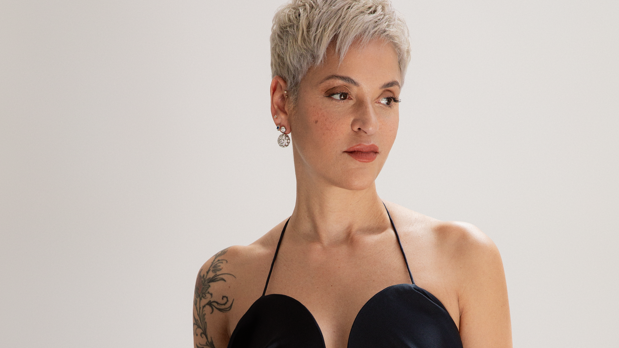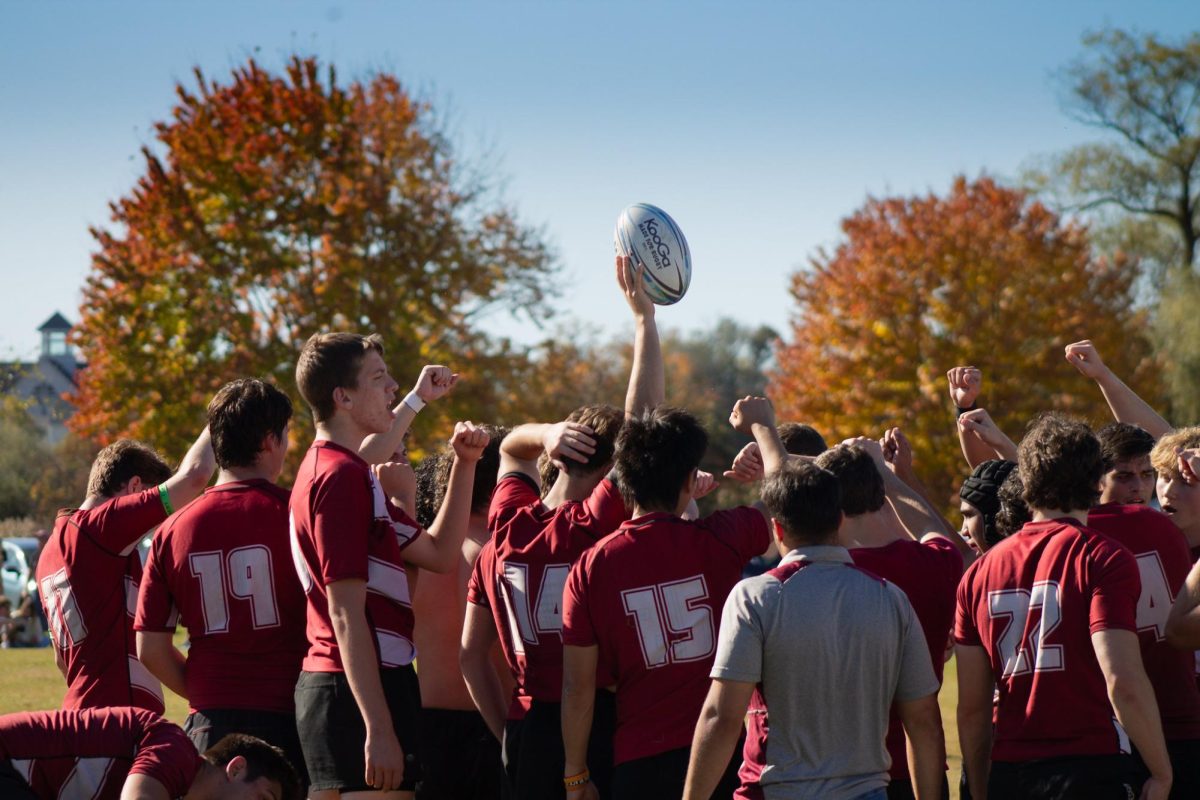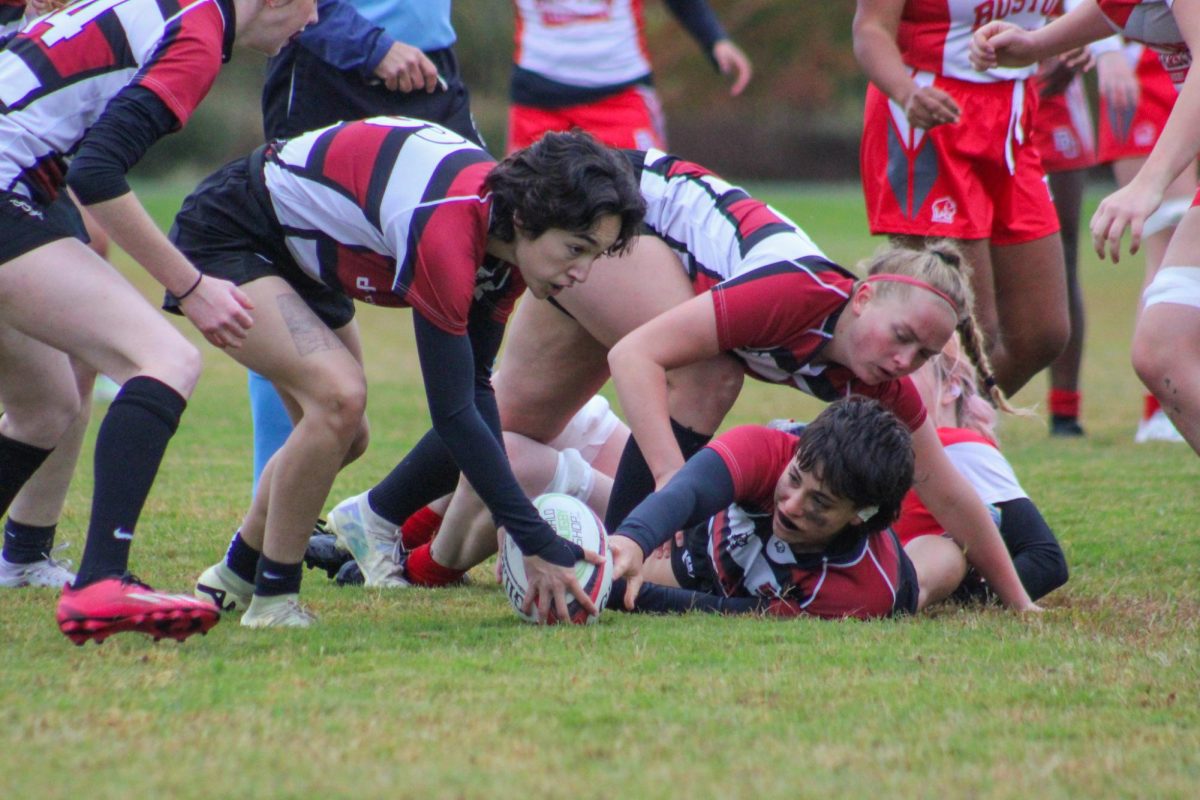
For anyone who is beginning to work out or has been for a while, you are probably aware that there are different kinds of workouts. For example, you can do a cardio workout, a strength training workout, a bodybuilding workout or a calisthenics workout. Each type of workout will force a different kind of stress on your body, causing different adaptations to occur in your body. These adaptations will lead to a visible improvement in both your performance in the gym and in your physical appearance. But for someone who does not know what workout will help them complete their fitness goals, it may be frustrating to see little improvement in the wanted area.
In this article, I will discuss a few of the most common fitness goals and what type of workout that will accomplish them.
Losing weight. The most common motivation to exercise often stems from a desire to lose some unhealthy weight or fat mass, which I will also term ‘looking leaner.’ For most people, the safest, most efficient way to lose weight (and to help keep it off!) is to combine cardio workouts with some weightlifting. Cardio—some kind of steady-state biking, swimming, jogging, etc.—will help to burn extra calories and therefore that excess fat. But the key to healthy weight loss and weight maintenance is weight training. Lifting weights results in lean body mass. Because you have a higher percentage of metabolically active muscle tissue, which uses more energy at rest than fat tissue, your resting metabolism will increase. Doing large, multi-joint bodyweight exercises like squats, and multi-joint free-weight exercises like bench press and deadlifts, will help to increase that lean body mass and burn more calories, quite literally, in your sleep! A mix of about 20-40 minutes of cardio, and four to five resistance exercises of two to three sets of 10 to 12 repetitions could be a good start.
Thinking about making some serious muscle gains? If your goal is muscle hypertrophy (increase in lean muscle mass), you may want to focus on free weight exercises. Dumbbells and barbells may be the most common and versatile pieces of equipment in the gym. Because free weights are not supported by anything but your body, be careful in selecting an appropriate weight. Additionally, make sure you are performing correct form for each exercise to avoid injury. That being said, free weight exercises are both multi- and single-joint. Large, multi-joint exercises, such as squats, deadlifts, bench, shoulder press and bent rows, will boost testosterone levels in your body, increasing the potential for muscle mass gains. Single-joint exercises, such as variations of bicep curls and triceps extensions, will help to target specific muscles for more targeted mass gains. Lastly, applying the right kind of stress is important for hypertrophy adaptations: volume (sets times the amount of reps per set) is the key. Applying a workout with about five to seven exercises, three to five sets with six to 12 repetitions per set will maximize your volume.
Some people want to lift as much as possible and do not care as much about aesthetics. No, size and strength are not completely dependent on one another. Muscular size is an adaptation to the volume of stress is applied; muscular strength is an adaptation to the load that is applied in a short period of time. Strength training often involves only the large, multi-joint exercises: squats, deadlifts, and bench press. For example, powerlifters focus on these three lifts and center their workouts around them. Their workouts are often more complicated, involving a pyramid set that allows them to work up to really heavy weights without getting tired beforehand. These workouts have fewer overall exercises, maybe as few as just one or two, but often involve between five and 10 sets with long rest times in between and only one to five repetitions per set.
Resistance machines and calisthenics are also viable, less common, ways to exercise. Machines are good for beginners to build a base of strength before moving on to free weights, but are not very functional and will not increase lean body mass by much. That being said, bodybuilders often use machines to target hypertrophy of a single muscle. Calisthenics are entirely different, involving many multi-joint, bodyweight exercises and balance. These exercises are very functional and are often used in athletic settings or can be used in absence of gym equipment for lean mass gain (though is arguably not as effective as free weights).
Before beginning an exercise routine, you should think about what your fitness goals are. These goals will drastically change what your workout will look like and what results you should be expecting. Hopefully this short review was helpful to get to know what a general outline of your workout might look like, considering one of the goals listed above.
Nicholas Remillard can be reached at [email protected].




















Bariatric Eating • Nov 3, 2017 at 1:01 pm
These will surely help those people who are planning to work out and having a hard to time to choose what is the best exercise for them. Thanks for sharing this informative article.